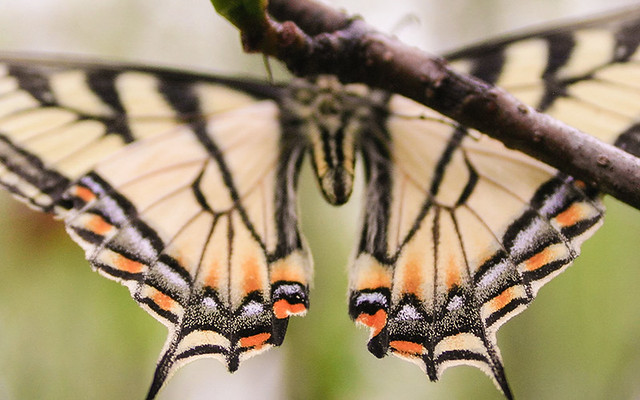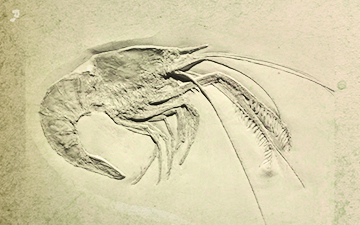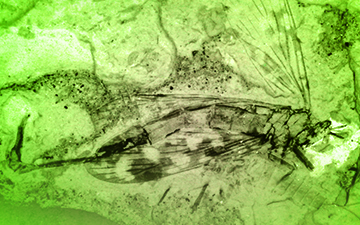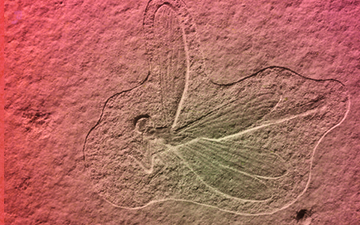Arthropoda

Canadian Swallowtail
Papilio canadensis


4 POINTS
Fact: Swallowtails are often seen in groups at mud puddles-these are males “puddling” to collect salts necessary for reproduction.

Shrimp
Aeger elegans


1 POINTS
Play: Aeger elegant had a MOVE of 1.
Fact: This is a species of shrimp that was found in the Solnhofen limestone of Germany.

Scorpionfly
Miriholcorpa forcipata


2 POINTS
Play: Scorpionfly had a FLIGHT of 2.
Fact: The Scorpionfly had a general bulb that was enlarged with pincer-like structures, and thought to be used in intrasexual competition with males, and/or a sexual display to attract females.

Dragonfly
Tarsophlebia eximia


7 POINTS
Play: Dragonfly had a FLIGHT of 2.
Fact: This organism belonged to an extinct family of Odonates from the upper Jurassic and lower Cretaceous period of Eurasia.

Bush Cricket
Archaboilus musicus


1 POINTS
Play: This cricket had a MOVE of 1.
Fact: It is believed that the male produced musical songs tuned at a frequency of 6.4 kHz. It fed on leaves and other insects.

Vinchuca
Triatoma infestans



6 POINTS
Play: The vinchuca has a MOVE of 2.
“It is most disgusting to feel soft wingless insects, about an inch long, crawling over ones body; before sucking they are quite thin, but afterwards round & bloated with blood.” Darwin on the Vinchuca, 1835